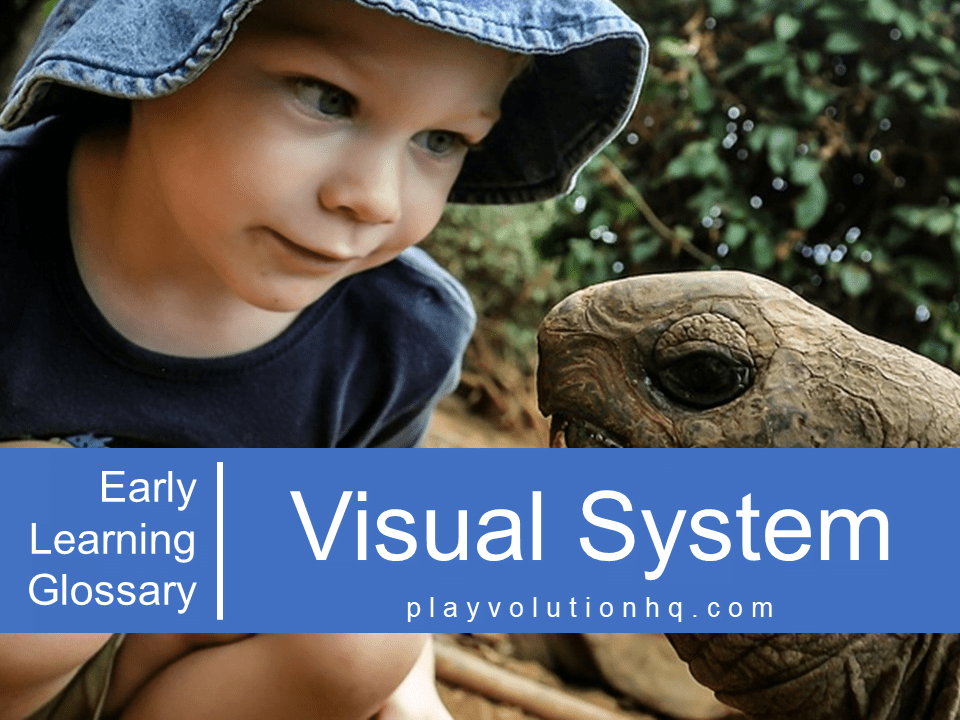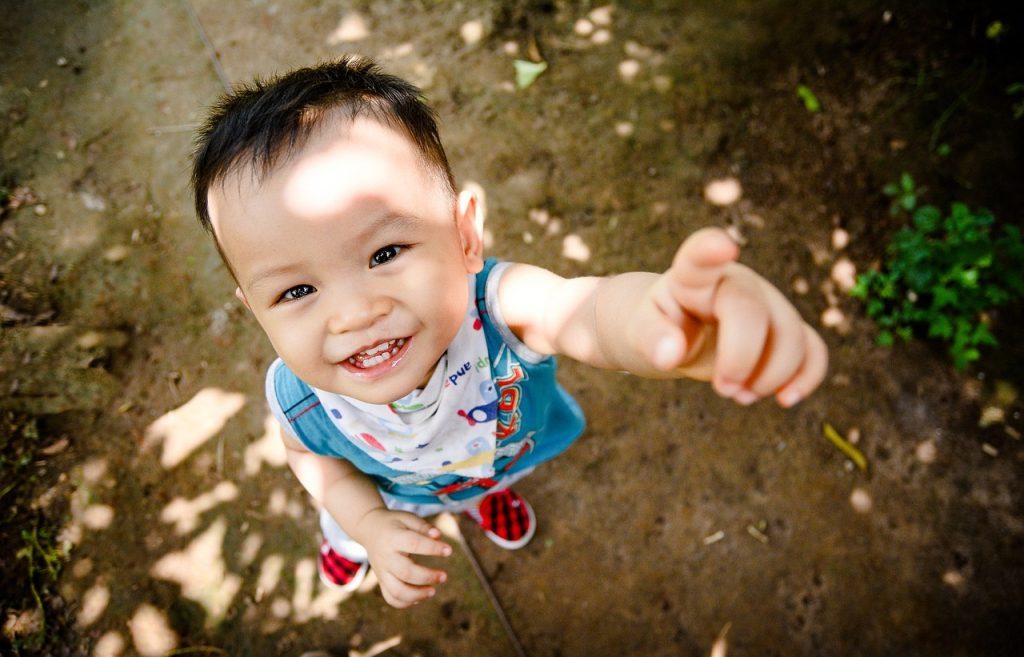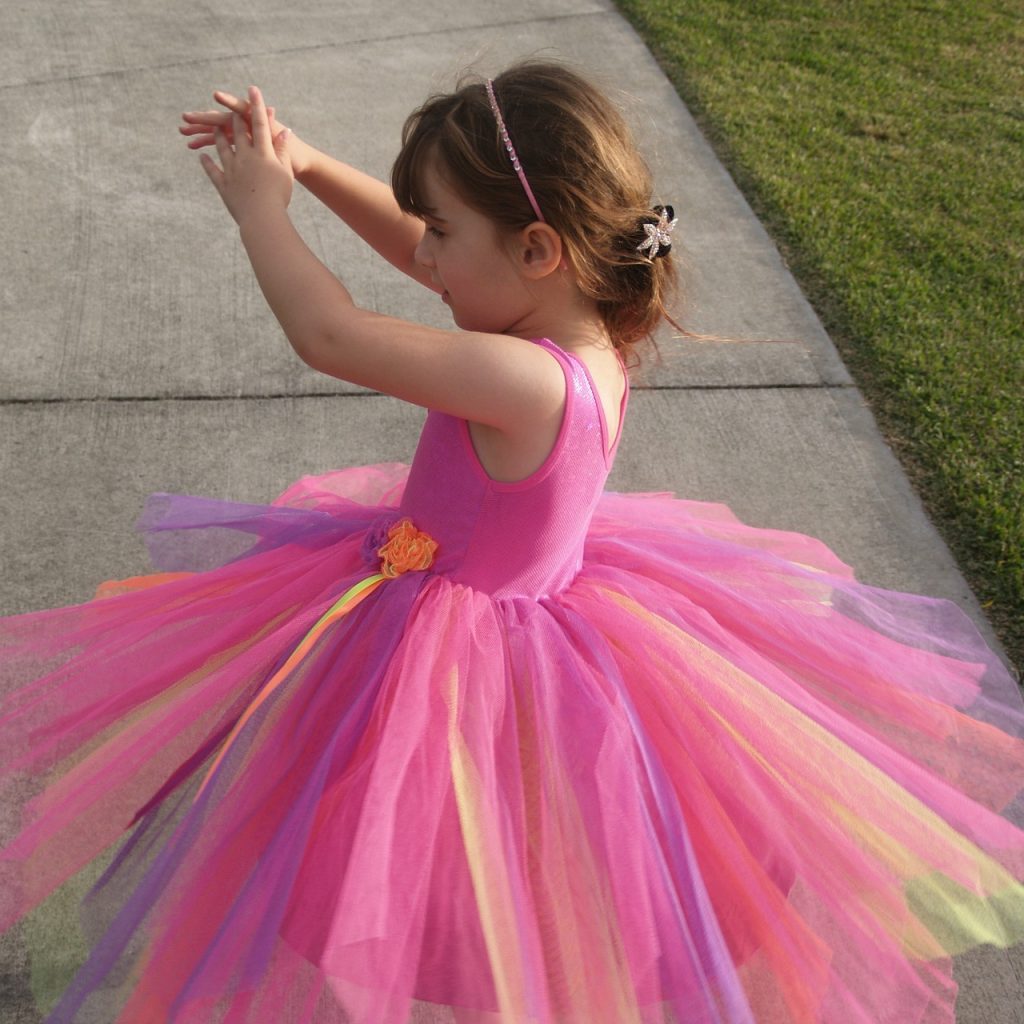
Table of Contents
The visual system encompasses a sophisticated network of structures and processes that enable individuals to perceive and interpret visual information. It begins developing during pregnancy, with the eyes forming by the fourth week of gestation. As a baby grows in the womb, basic visual abilities such as detecting light and movement emerge.
At birth, a newborn’s visual system is still immature, but it rapidly develops significantly during the early years. The eyes, optic nerves, and visual cortex—the part of the brain responsible for processing visual stimuli—work harmoniously to translate light into meaningful images. Throughout early childhood, neural pathways associated with vision continue to refine and strengthen in response to visual experiences.
The visual system is a gateway to many cognitive processes essential for academic success and everyday functioning. Strong visual skills are vital for reading comprehension, hand-eye coordination, fine motor skills, and interpreting and understanding complex visual information.

The Visual System’s Development
Understanding the visual system’s development is crucial for early learning professionals and parents. The visual system undergoes a remarkable journey from infancy through childhood, shaping how children perceive and interact with the world around them.
In the early stages of development, a newborn’s visual abilities are limited. Infants can detect light and movement at birth, but their vision is blurry and lacks detail. Rapid changes occur over the first few months as the visual system matures. By around 2 months, babies begin to focus better and can track moving objects with their eyes. This stage is critical for stimulating visual development, as infants benefit significantly from exposure to contrasting colors, simple patterns, and faces.
As infants grow into toddlers, their visual abilities become more refined. Around 6 months, depth perception starts to develop, allowing babies to judge distances and spatial relationships more accurately. This is also when color vision matures, enabling toddlers to distinguish between different colors more easily.
By preschool age, children become more adept at focusing their eyes, following complex sequences visually, and understanding more nuanced details in their environment. Activities that encourage visual discrimination, such as puzzles, matching games, and drawing, can be particularly beneficial for strengthening these skills.
School-age children refine their ability to use both eyes together (binocular vision), essential for depth perception and fine motor skills like handwriting.
Early learning professionals and parents can support this development by providing appropriate visual stimulation, ensuring regular eye care, and recognizing signs of potential visual difficulties to promote healthy visual growth and learning in children.

Be On The Lookout For Problems
The following are indicators that a young child may have vision problems:
- Squinting or frequently rubbing eyes
- Holding objects very close to the face when looking at them
- Excessive tearing or redness in the eyes
- Avoiding activities that require visual concentration, such as reading or puzzles
- Frequent tilting of the head or covering one eye
- Complaints of headaches or eye pain
- Difficulty recognizing familiar faces or objects
- Poor hand-eye coordination or clumsiness
- Short attention span or easily distracted during visual tasks
- Sitting very close to TV and computer screens
- Poor performance in school, especially with reading or writing tasks
The sooner you identify vision problems, the sooner they can be addressed and corrected.
Child-Led Play And Exploration
Now, let’s explore practical strategies to nurture visual system development through child-led play and exploration:
- Provide Diverse Visual Stimuli—Offer a rich assortment of exciting and colorful toys and loose parts, picture books with vivid illustrations, and natural environments rich in visual stimuli to engage children’s curiosity and visual exploration.
- Encourage Multisensory Exploration—Facilitate activities that invite children to explore nature’s colors, textures, and shapes using all their senses.
- Embrace Artistic Expression—Encourage drawing, painting, and sculpting activities that promote fine motor skills, visual-spatial awareness, and creative expression.
- Introduce Visual Puzzles And Games—Incorporate puzzles, building blocks, and shape-sorting opportunities that challenge visual discrimination, attention to detail, and problem-solving abilities.
- Foster Imaginative Play—Encourage child-led role-playing, storytelling, and imaginary adventures using props and costumes, stimulating creativity and enhancing visualization skills.
- Encourage Running—Encourage children to run freely in open spaces where they will avoid obstacles and adjust their speed based on visual cues.
- Go Exploring—Take nature walks where children can observe the environment, identify different plants and animals, and navigate uneven terrain.
- Support Climbing And Balancing—provide safe opportunities for child to use their visual perception to plan movements and maintain balance.
- Limit Screen Time—focus more on active doing rather than stationary viewing.
- Explore Books Together—Share storybooks with captivating illustrations, encouraging children to observe, interpret, and discuss visual content, which enhances language skills and visual literacy.

Visual System Wrap-Up
Nurturing the visual system during early childhood is essential for fostering a solid foundation for learning and development. By providing enriching visual experiences through child-led play and exploration, we support the development of critical visual skills that will serve them well throughout life.
Related Posts
Find more information about the 8 sensory systems at these links:
- 8 Sensory Systems That Drive Playful Learning
- Supporting School Readiness With Sensory Integration
- Sensory Play
- Sensory Integration
Contribute content to Playvolution HQ
Brought to you by Explorations Early Learning
Thoughts On This Entry?
I’d love to hear your thoughts on improving this entry and suggestions for additional glossary additions in the comments below. You can also contact me with comments or concerns.
Browse Trainings
Post Author
Jeff Johnson is an early learning trainer, podcaster, and author who founded Explorations Early Learning, Playvolution HQ, and Play Haven.


Leave a Reply